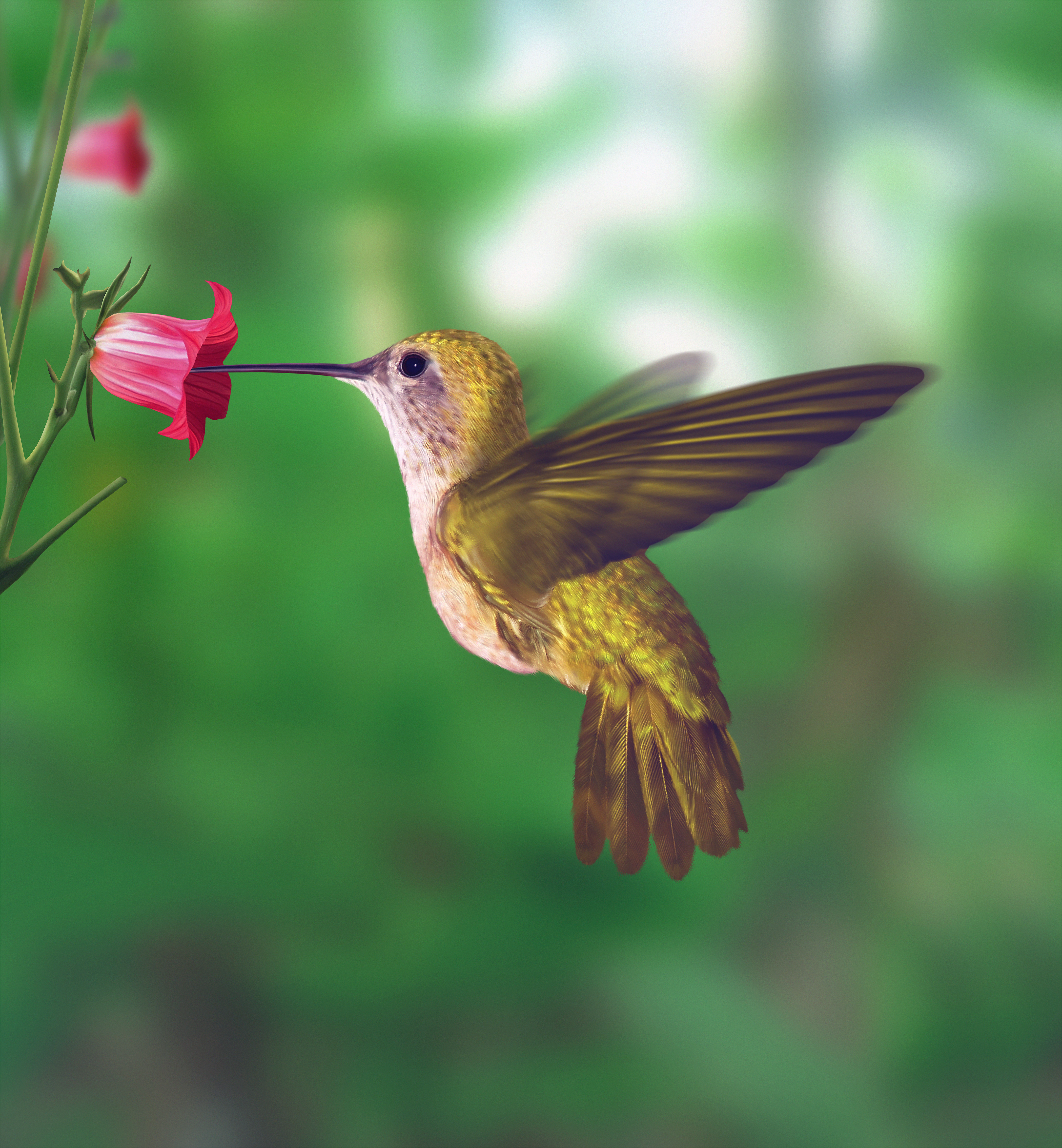Sage Chyawan and Ayurveda
- Shalini Rao

- Jun 25, 2021
- 3 min read
Updated: Jun 28, 2021

Sage Bhrigu and his wife Puloma had a son named Chyawan. After getting his education from his father, he ventured into the forest for deep reflection and contemplation (Tapas) to imbibe the learnings by doing a penance.
Decades pass but the Sage remains established in his meditation, unmoving, in a state of super-consciousness. He was so engrossed that a tall, anthill forms around the Sage covering him completely. The energy and glow of his penance radiate through his closed eyes and prevents any obstruction forming before his eyes.
Into this same forest comes Princess Sukanya, the 16-year old daughter of King Sharyaati with her group of friends. Walking along the forest tracks, Sukanya chances upon the anthill that has formed over Sage Chyawan; she is fascinated by the size of the anthill, and the glowing rays that are emitting from 2 holes towards the top.
After scrutinizing the anthill from all angles, curiosity gets the better of her, and she picks up a stick and probes it into the 2 holes to try and gauge the source of the light rays. Little does she know that she has probed the stick into the Sage’s eyes; blood starts oozing from the eye holes, the penance of Sage Chyawan is broken, and he emerges from the anhill with a blood curdling shriek.
The Sage breaks the anthill and rises to stand to his full height; blood is oozing from his eyes, and he realizes he has been blinded. Sukanya realizes what she has done and faints in fear. Her father, King Sharyaati is hurried to the forest to take control of the situation. When Sharyaati arrives in the forest, and is face to face with Sage Chyawan, he realizes that this is no mean situation; the Sage has just awakened with the full power of his decades-long penance and is just about to unleash the wrath of his curses on the King, his daughter and his kingdom. King Sharyaati goes down on his knees, confesses his daughter’s crime, begs forgiveness and in a final bid to appease the angry sage, he offers his erring daughter, Sukanya’s hand in marriage to Sage Chyawan. The sage accepts and forgives.
Sukanya begins her married life with Chyawan, and serves him with acceptance and dedication. Chyawan is pleased with her commitment to him, and requests a son from her. Sukanya agrees, but voices her reluctance to make love to an aged Sage with all bodily signs of old age from graying hair to wrinkled skin to creaking joints, while she herself is only in the youth of 16 years. The blind sage understands and asks her for a year’s time.
Sage Chyawan takes to penance again and meditate upon the celestial physicians, the Ashwini Kumar(s) – [always in plural, as they are the twin sons of Surya***]. The Ashwini Kumar(s) descend to earth and urge the sage to ask for a boon. Rishi Chyawan asks for a prescription to restore youth to the human body. The Ashwini Kumar(s) relent, grant the sage his youth and his eyesight, and also leave behind the requested prescription along with a seed, for the benefit of all humanity in the ages to come.
Sage Chyawan, in all his youthful splendor, returns to wife Sukanya. Then, he plants the seed received from the Ashwini Kumar(s) and vows to spend the rest of his life in research of Ayurveda so that he can restore health and youth to humanity.
The seed takes root, blossoms into a tree, flowers and delivers its divine fruits. This divine fruit documented in the Ayurveda is the Indian Gooseberry or Amla. Working on the various permutations and combinations of the usage of the Amla fruit, Chyawan Rishi pens the most intricate and sought after chapters in Ayurveda – the chapters dedicated to youth and health. Chyawan’s most famous invention the `Chyawanprash’, in its undistorted prescription is said to comprise 80% of the extract, juices and pulp of the Amla fruit in addition to other additives.
Sage Chyawan also formulated and documented the benefits of Ayurveda’s most favored prescriptions – Amla churna (dried amla in powdered form) and Triphala churna (an equal proportion of the 3 fruits of Amla, Haritaki (Harad), Bibhitaki/Vibhitaka (Baheda) in powdered form.
In the Yauvan (youth) Samhita chapters of Ayurveda, Chyawan Rishi mentions in his treatise that youth is recognized from the “backward arch of its back, and the inward arch of its abdomen…”; he also states that when both these arches begin to lose their defined shape, then one can presume that aging has set in. When bones become porous and lose their density, the shape of spine and joints change; and when vata, pitta and kapha are disturbed from their natural balance, gastric imbalances set in, and increase the girth of the abdomen. These disturbances then lead to sagging skin and graying hair, thus completing the onset of the aging process.











Comments